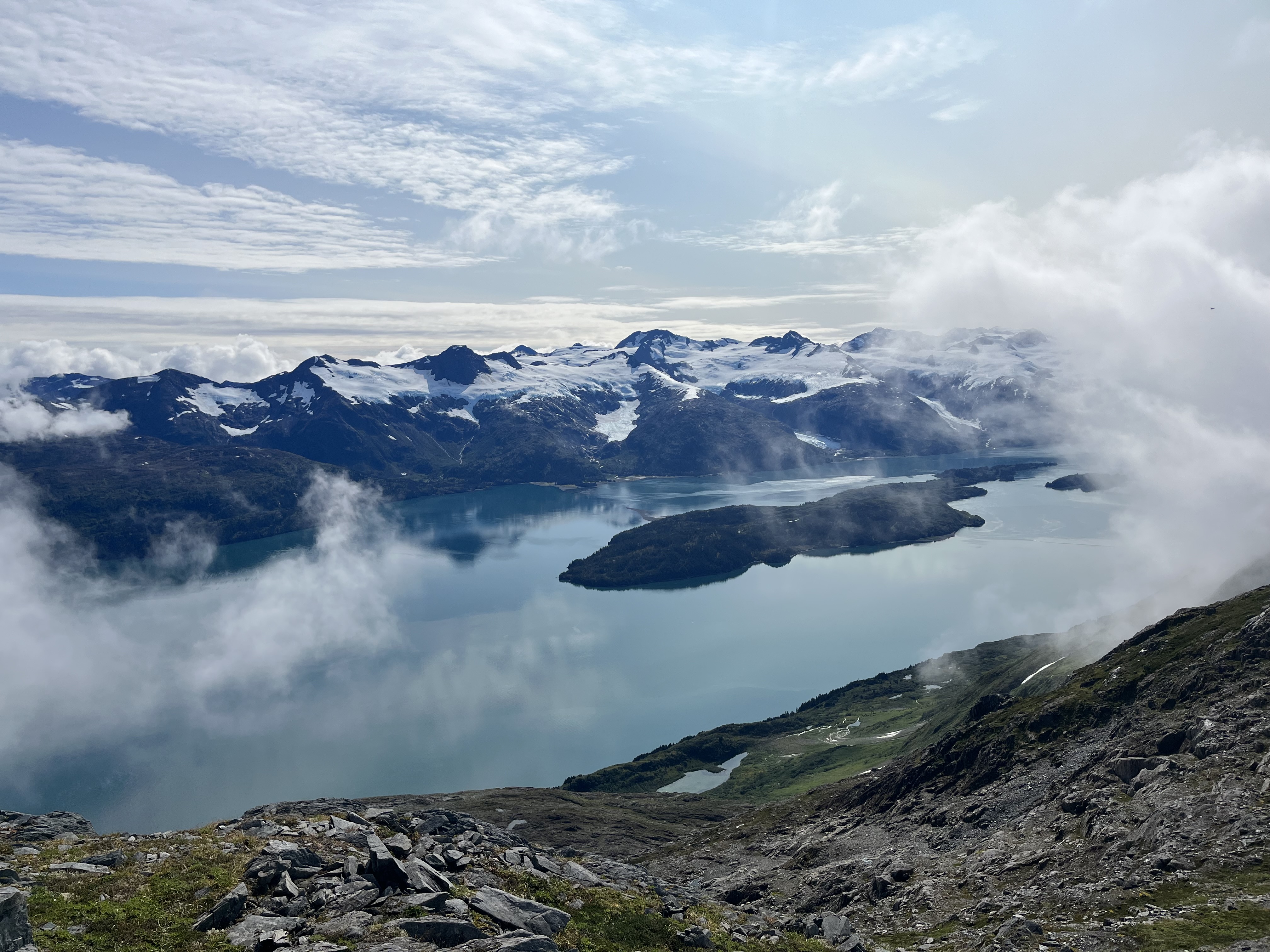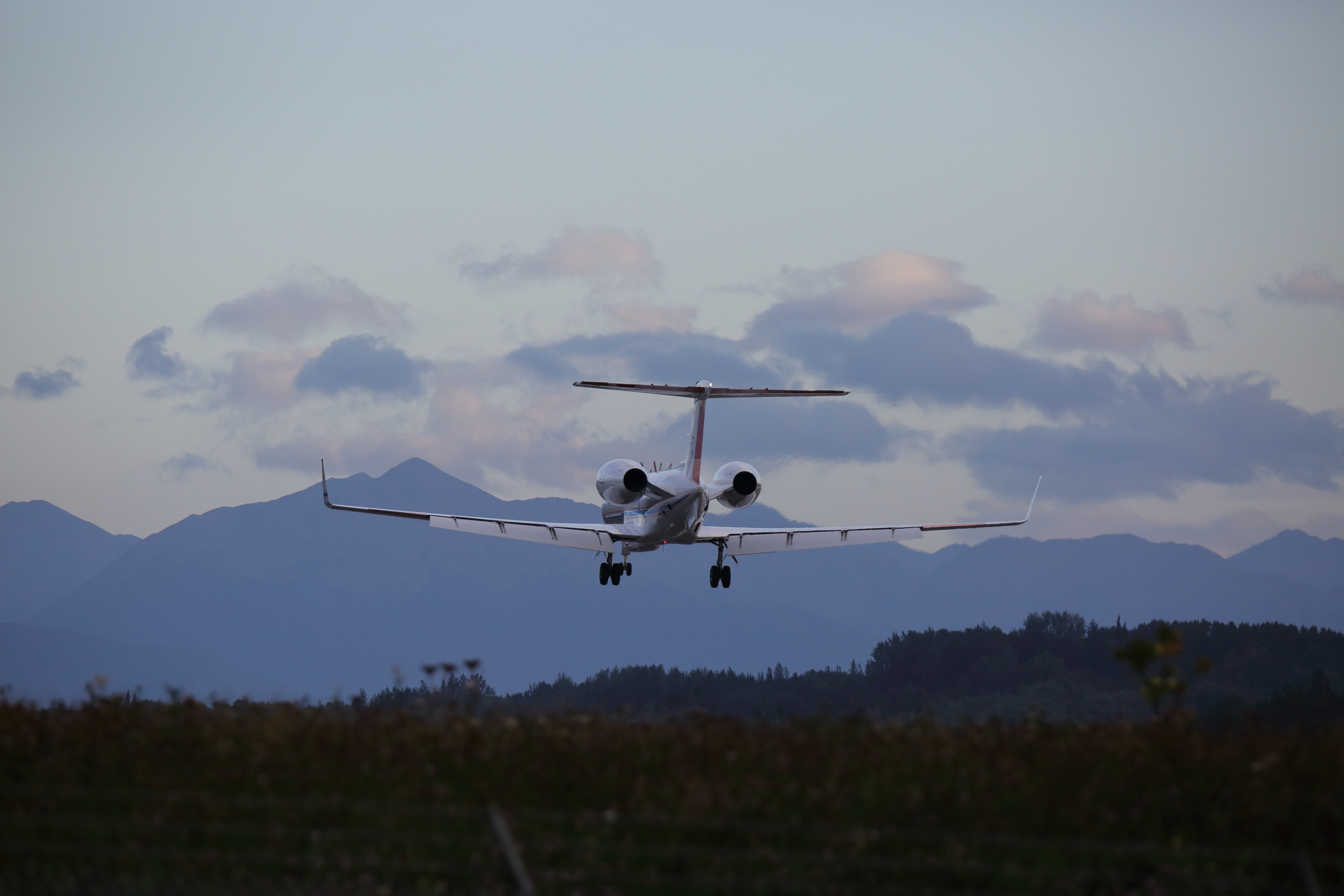It is a strange thing, to be on campaign this long. Like the proverbial rabbit you follow into its hole, you enter a world fully dedicated to your research, your work and truly defined by it. Only in rare moments of respite may your mind wander back to the time before that, and it feels somewhat alien to me. It is not a bitter-sweet melancholy of longing and dreaded missing, to which the weary mind may cling to, but rather a slow miring, a loosing oneself in this new world, this new life. I had expected it to be less pleasant. Its dull edge irritates me very much.
During the last days the first batch of fresh scientists have arrived here in Alaska to reinforce our teams, and the first ones have already left for home again. The next big wave will be this weekend. And here I am, right from the beginning, and right until the very end. It has been a good month now on campaign, and I can’t deny that I am no longer as energetic as before. The time has taken its toll for sure, and I’ll never truly get used to living here. It’s so familiar, and yet – so different.
But back to the point:
To recall the last week, the first couple of weeks worth of flights have been processed preliminarily. There is great consent in what we have measured, which gives us confidence in the reliability of our instruments. The Asian summer monsoon still favors us, having brought more and more filaments within our grasp, allowing us to grow our sample size substantially. The double flight, which is an especially challenging mission to undertake, where we intend to measure the same air masses in quick succession to learn about the mixing processes and general temporal development, was a good success. Given technical difficulties during the flight, which impaired some of the measurements, it appears we have followed the winds trajectories very well, a well deserved candidate for a dedicated publication at some point. It is especially pleasing, as these double flights are a especially straining and accumulate a lot of work time. A most notable result would be higher concentrations of ammonium nitrate that we detected in the atmosphere, which multiple instruments can agree to having seen, although the overall concentration has been lowered after more precise calibrations. Unfortunately, we did measure increased levels of pollution, as well as bio-polutants from this global wildfire season. Not the kind of results you’re hoping to find, but something we did find nonetheless.
Moreover, there are growing opportunities for more secondary objectives we can reach for. It is safe to say that we managed to probe pyroconvection from this years Canadian wildfires, and we will undertake another flight probing these air masses this week. It stands to reason to believe that these convections, however, are not from currently active fires, as the intensity of them as well as the surrounding winds no longer suffice to transport them over the tropopause. Trajectory calculations would suggest these fires happened a good month ago, before we deployed to Alaska. Given our original goal of this mission that’s ok, but could have been a great opportunity.
Coming this week, there will be another wave of Asian monsoon coming our way, stable enough to probe in yet another double flight. There are plans to investigate the issue of increased methane levels, which have risen in recent years, potentially due to increased release from boglands, which was a rather short-hand idea to do. Still, we’re always open for new inputs, and if it fits in our schedule chances are we will do it.
There is another thing I prepared for this blog, a little treat for the reader who actually followed this blog in the making. I will definitely include it in the next one, as I still need a little bit of time to make some final improvements. May your interest in atmospheric science not go unrewarded.
Now I guess is the time for the report on the day-off activity, the more human aspect of the campaign, and one of the reasons why I am deployed for this blog in the first place. And oh my, it did raise some serious questions, some of which challenge my basic understanding of reality. As, for example, one might wonder why some of the most educated and intelligent people – as these are mostly scientists, mathematicians and engineers with a P.h.D – would consider walking up a mountain where no trail leads to. Which, in and of itself, may be worse enough, but to do so in the explicit knowledge that there is no trail, that the ‘path‘ ahead includes wandering through the muddy and rain-soaked forest, climbing over fields of basalt and steep walls of rocks, just to reach a top with a decent view of the surrounding area. Which takes about 8 hours in total. Why did I join them? Why are we like this? Did I suffer terrible blisters halfway through, that peeled off half of the skin on my toes, and did I have to walk with mud-soaked sneakers miles across the wilderness in agony, which still pains me with every step?
Yes. The mind of the scientist truly is a wonderful thing, it almost scares me.
Please, enjoy the fruits of my suffering:





Issue with image material resolved. Post restored